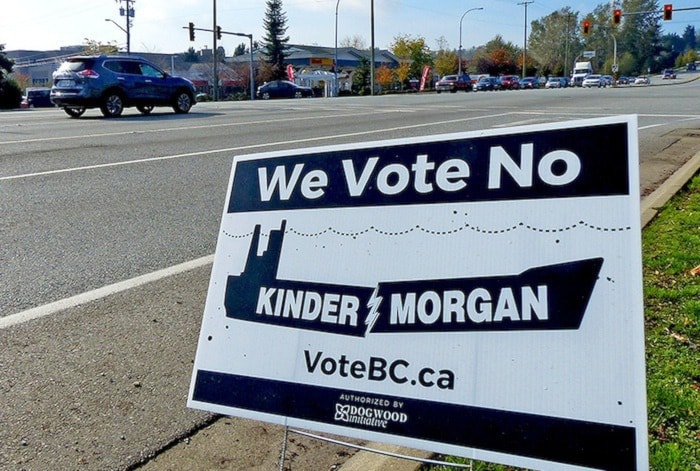For months, anti-Conservative campaigners from environmentalists to veterans tried to persuade like-minded voters to coalesce behind the strongest opponent in each riding.
But as the dust settles on the Liberals' powerful majority victory, it's unclear if those strategic voting attempts had great effect, other than to demolish Green Party hopes to add seats.
Organizations like LeadNow and the Dogwood Initiative funded riding-level polls to try to help guide their followers.
LeadNow recommended NDP candidates in 11 B.C. ridings, and the Liberals for two seats on the North Shore.
All but three of those chosen candidates won their races.
One notable exception was the choice of the NDP candidate in Vancouver-Granville who ended up third behind the Liberal victor and the Conservative runner-up as voters apparently disregarded the advice.
Mario Canseco, vice-president of Insights West, which did polling for Dogwood, said strategic voting attempts appear to have had more effect on Vancouver Island than in the Lower Mainland, where those efforts were swamped by the strength of the Liberal wave.
"There are certain pockets where strategic voting worked very well and probably enabled some NDP victories," he said, adding a few New Democrats were elected on the Island who otherwise would not likely have prevailed over Conservatives.
LeadNow made no recommendations in some ridings presumed to be safe Conservative seats that ended up hotly contested. Those included South Surrey-White Rock, where Conservative Dianne Watts narrowly prevailed, as well as Mission-Matsqui-Fraser Canyon and Cloverdale-Langley City, where Liberals unexpectedly captured turf that traditionally went Tory.
It's difficult, Canseco said, for unite-the-left strategists to get enough granular riding-level data on individual races to gauge how they are evolving in time to be useful to voters.
Strategic voting was based on the premise that Liberals, NDP and Green supporters would risk leaving room for Conservatives to win many races unless they first settled on a single consensus candidate.
A shorter campaign might have resulted in a Conservative victory, he said.
Instead, the Liberals had more time to build momentum and present leader Justin Trudeau as a viable prime minister.
Canseco doesn't accept one theory that the red wave resulted mainly from the Conservatives' choice to emphasize the niqab issue in Quebec, harming NDP chances there and making the Liberals seem the more obvious alternative for the anyone-but-Harper movement.
He said NDP leader Tom Mulcair simply did not perform as well in debates or on the campaign trail as he did before in the House of Commons, and the choice to balance the budget made him seem like "a small 'C' Conservative" compared to the bolder Liberals.
"They weren't able to solidify this idea that they were the vehicle for change," Canseco said.
Friendly fire for Greens
In the campaign's final week, several prominent B.C. environmentalists publicly turned away from the Greens in favour of either the NDP or Liberals, in the name of preventing another Conservative government.
Green leader Elizabeth May likened it to being gunned down by "friendly fire."
When the votes were tallied, the Green vote in B.C. had increased only marginally B��Ԫ������ַ� from 7.7 per cent to 8.2 per cent B��Ԫ������ַ� and they hung onto only May's seat.
Speaking to supporters on election night, May said strategic voting was a major factor.
"Particularly on Vancouver Island and the Lower Mainland was the notion that people who wanted to vote Green shouldn't. Couldn't. Would be bad people if they did," she said.
That was hard to overcome, May said, because many Greens, Liberals and New Democrats shared the same priority.
"It was simply not possible to imagine this country enduring a single second more of Stephen Harper's policies."



